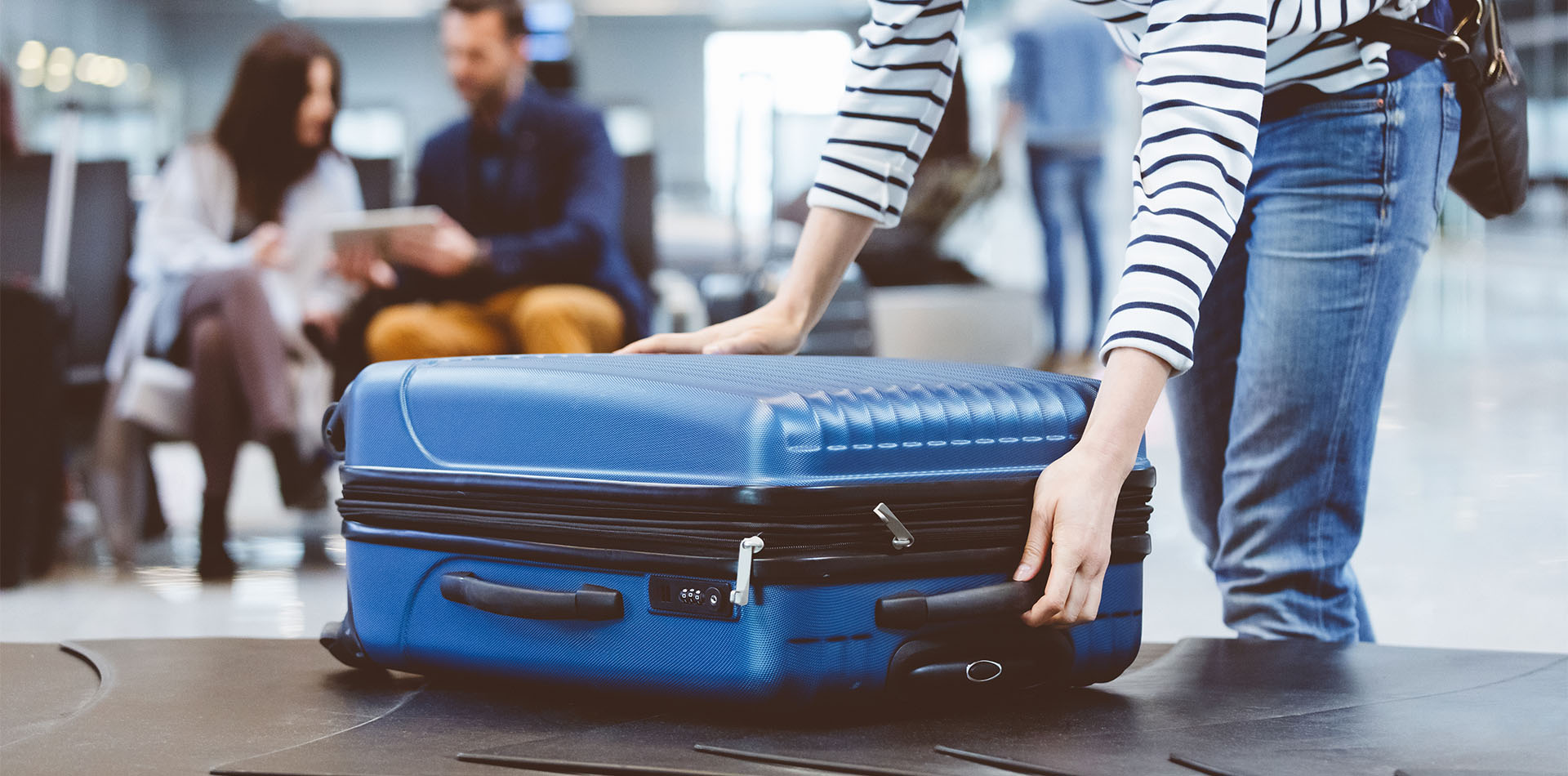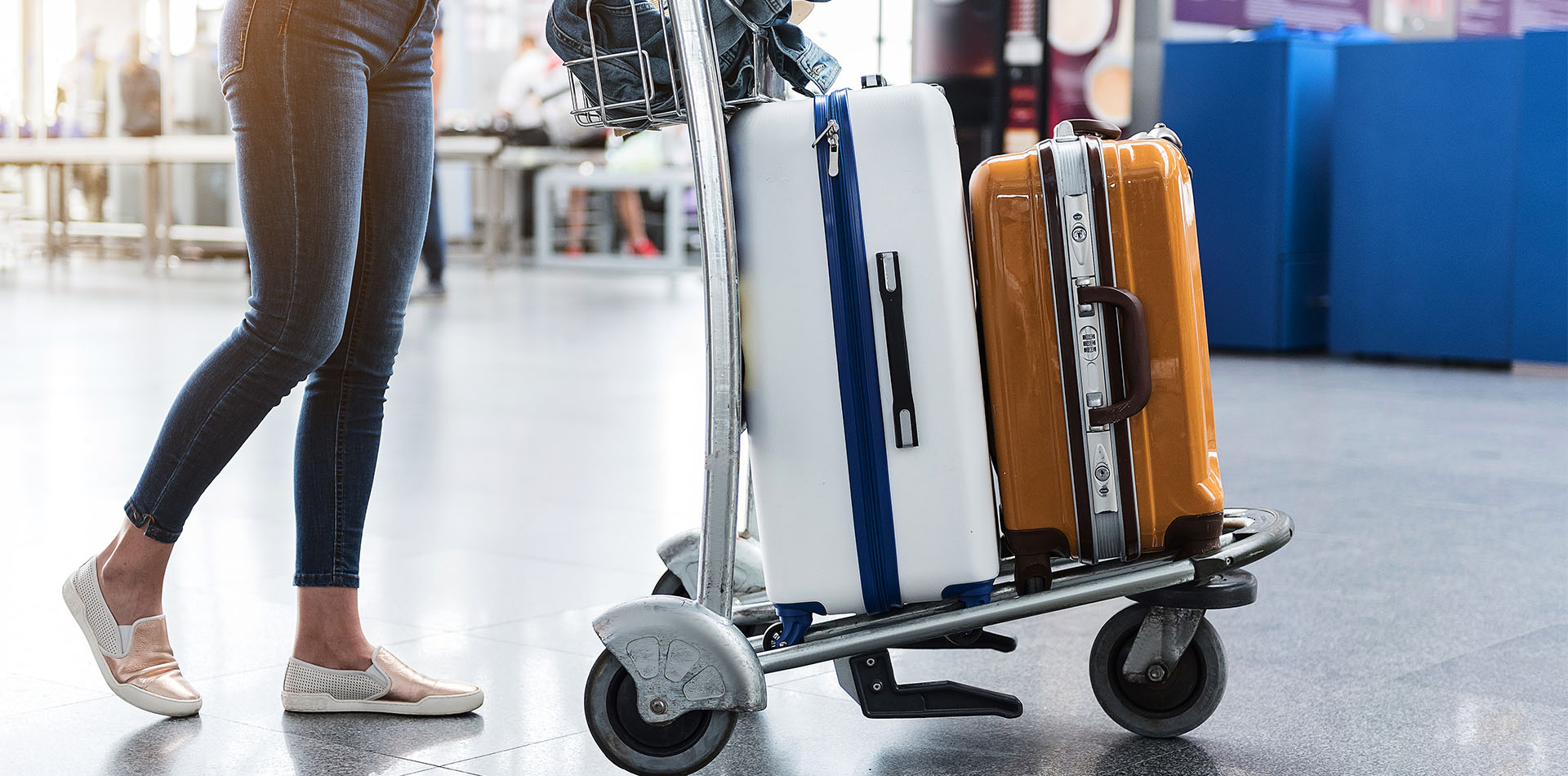International travel is back. More passengers are flying than at any time since 2019 and this summer is likely to be the busiest since the pandemic. For major airport hubs such as iGA Istanbul Airport, digitalization and automation will be vital to managing passenger and baggage surges, reducing waiting times, and avoiding the frustration of baggage delays.
The Challenge

For major connecting hubs like iGA Istanbul Airport, the ability to connect bags from an arriving to a departing flight within 60 minutes is one of the key SLAs it has in place with its primary airline customer, Turkish Airlines.
The Solution

Using the data generated by the bag messages, the team have developed a solution that can quickly identify the transfer baggage between connecting flights and prioritize those short connecting bags. This ensures every bag arrives loaded on the departing aircraft with time to spare.
The Benefits and Results

The automation of baggage handling has helped iGA Istanbul Airport to have one of the fastest bag transfers times globally, and the investment in baggage tracking with Turkish Airlines has also allowed the airport to share this data with passengers arriving at the airport.

The automation of our baggage handling has helped iGA Istanbul Airport to have one of the fastest bag transfers times globally and ensure that we avoid some of the baggage challenges we have seen in other airports globally.
The Airport
In May this year, iGA Istanbul Airport welcomed its 200 millionth passenger. This remarkable milestone highlights the rapid growth of passenger numbers since the airport opened in 2018. Underpinning this growth is the five-star service the airport strives towards. The airport believes in automating critical processes – particularly baggage management and the passenger journey – to deliver this service.
For İlker Çelepçikay, Baggage Handling System Manager at IGA Istanbul Airport, this means ensuring every bag arrives with its owner. “When you arrive at your destination, and your bags are not there, it can really impact your travel experience. Not to mention the cost for our airline customers of repatriating that bag. When we designed the new airport, the baggage journey automation was critical to ensuring this did not happen.”
The airport has a baggage capacity of 20,000 bags per hour and uses SITA Bag Message as the platform to manage and reconcile the flow of bags through the airport in real-time. This solution is the only fully managed, end-to-end baggage message distribution system. It eliminates the need for multiple baggage system interfaces between airlines and airports, making it easier to share baggage information and introduce new services.

The Challenge
This year’s SITA Baggage IT Insights highlighted that number of mishandled bags almost doubled from 2021 to 2022 to 7.6 bags per thousand passengers – with transfer bags accounting for 42% of all mishandled bags.
For major connecting hubs like iGA Istanbul Airport, the ability to connect bags from an arriving to a departing flight is a significant focus. It is one of the key SLAs it has in place with its primary airline customer, Turkish Airways.
Today the airport has a maximum connection time of 60 minutes. However, the airport has comfortably exceeded that target with an average connection time of 20 minutes.
“Last year, with traffic recovering from the pandemic, we connected bags within 10 minutes. However, with traffic almost back to normal, we are maintaining an average connection time of 20 minutes,” says Çelepçikay.
The Solution
Using the data generated by the bag messages, the team have developed a solution that can quickly identify the transfer baggage between connecting flights and prioritize those short connecting bags. This ensures every bag arrives loaded on the departing aircraft with time to spare.
Working with Turkish Airlines, the airport can track bags at key points across the journey – check-in, loading onto the aircraft, transfer, and arrival. This gives the airport complete visibility of where every bag is along its journey.
“That we could retain key baggage management personnel certainly helped us as traffic has recovered. However, the most important was the foresight to automate the baggage journey when designing the airport. This helped us prepare and manage the sudden baggage increase over the past year.”
The Benefits
“The automation of our baggage handling has helped iGA Istanbul Airport to have one of the fastest bag transfers times globally and ensure that we avoid some of the baggage challenges we have seen in other airports globally,” says Çelepçikay.
It gave him and his team the confidence that he has the infrastructure to help the airport stay ahead of its growth curve. “We are managing around 10,000 bags an hour today, but we can easily manage double that volume.”
The investment in baggage tracking with Turkish Airlines has also allowed the airport to share this data with passengers arriving at the airport. The team is now looking to add departure and transfer data to their passenger mobile application. According to Çelepçikay, this has had a tremendously positive impact on passenger satisfaction.

The Future
The airport is looking to the future, particularly with the emergence of biometric technology.
“I see the benefits of biometric technology to better identify and track bags, moving away from using bag tags. The challenge is that you can’t change how baggage is handled in just one airport area. This airport alone will impact dozens of transfer points – something that will have to be replicated in every airport globally.”
A change away from bag tags will require support and commitment from the entire air transport industry. Nevertheless, Çelepçikay sees this happening in the next five to 10 years.





 Share
Share


